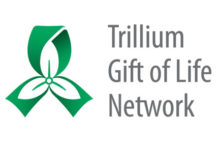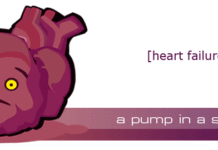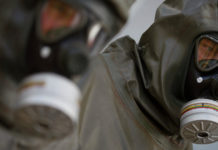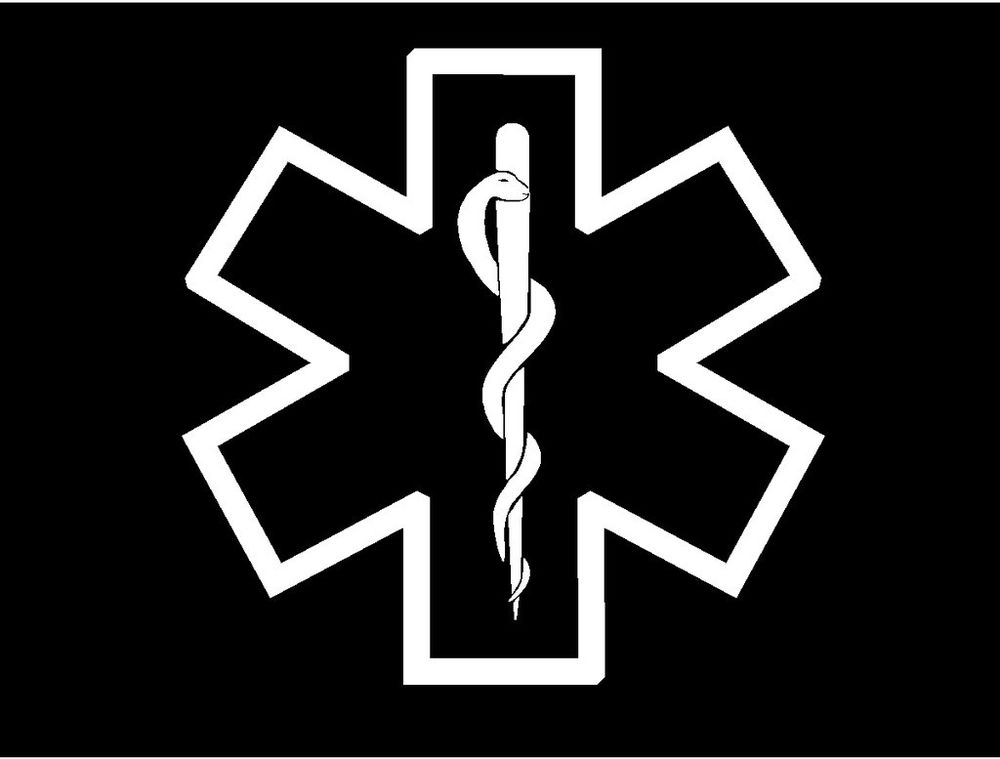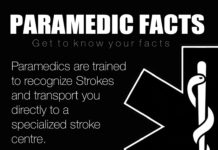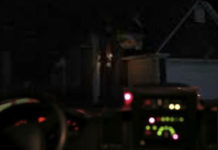As a paramedic you wear it on your uniform but what is the star of life, and how did it come to be such a strong and recognizable symbol for emergency medical services?
As you know, the star of life is a blue, six-pointed star. In the center, it features a widely used symbol of medical care, a snake-entwined staff, known as the Rod of Asclepius. This is named for a figure from Greek mythology, Asclepius, the god of medicine and healing.
History
The symbol originally was designed and governed by the U.S. National Highway Traffic Safety Administration (NHTSA) and was used as a stamp of authentication or certifi cation for ambulances, paramedics or other EMS personnel.
Originally, before national standards were established, many ambulances used an “Omaha orange” cross on a square background of reflective white to designate them as emergency units.
In 1973, the American National Red Cross complained that the orange cross too closely resembled their logo, the red cross on a white background, with its use restricted by the Geneva Convention.
NHTSA investigated and felt the complaint was justified. Designed by Leo R. Schwartz, Chief of the EMS Branch, NHTSA, the star of life was adapted from the Medical Identifi cation Symbol of the American Medical Association, which was patented in 1967. The newly designed star of life was trademarked on February 1, 1977.
SYMBOLISM
The six branches of the star symbolize the six main tasks executed by emergency medical services rescuers all through the emergency chain:
1. Detection — The first rescuers on the scene, usually civilians or those involved in the incident, observe the scene, understand the problem, identify the dangers to themselves and the others, and take appropriate measures to ensure their safety on the scene (environmental, electricity, chemicals, radiation, etc.).
2. Reporting — The call for professional help is made and dispatch is connected with the victims, providing emergency medical dispatch.
3. Response — The first rescuers provide first aid and immediate care to the extent of their capabilities.
4. On-scene care — EMS practitioners arrive and provide immediate care to the extent of their capabilities on-scene.
5. Care in transit — The EMS practitioners proceed to transfer the patient to a hospital via ambulance or helicopter for specialized care, and provide medical care during transportation.
6. Transfer to definitive care — Appropriate specialized care is provided at the hospital. Today, the star of life is traditionally used to identify EMS personnel, equipment and vehicles.
Many ambulance services mark the symbol on their vehicles, and EMS practitioners wear it as part of their uniform. It appears on various medical textbooks and merchandise for the EMS market. In hospitals and other buildings, elevators that are marked with the symbol indicate that the elevator is large enough to hold a stretcher.
Its use on emergency medical vehicles certifies that such vehicles meet the U.S. Department of Transportation standards and certify that the emergency medical care practitioners who use them have been trained to meet these standards. Its use on road maps and highway signs indicates the location or access to qualified emergency care services.
States and federal agencies that are involved in emergency medical services are authorized to permit use of the star of life as such:
1.) As a means of identification for medical equipment and supplies for installation and use in the emergency medical care vehicle — the ambulance.
2.) To point to the location of qualifi ed medical care services and access to such facilities.
3.) On shoulder patches worn only by personnel who have satisfactorily completed DOT training courses or approved equivalents, and for persons who by title and function administer, directly supervise, or participate in all or part of national, state or community EMS programs.
4.) On EMS personnel items such as badges, plaques, hats, shirts, buckles or other items.
5.) On books, brochures, flyers, manuals, reports or other printed material having direct EMS application.
6.) By EMS administrative personnel, project directors and staff, councils and advisory groups. If shoulder patches are worn, they should show the plain blue star of life on a white square or round background.
The function, identifying letters or words should be printed on bars and attached across the bottom separately. The edges of the basic patch and functional bars are to be embroidered. Now you know the history and symbolism behind the star of life. Wear it proudly…because EMS matters


